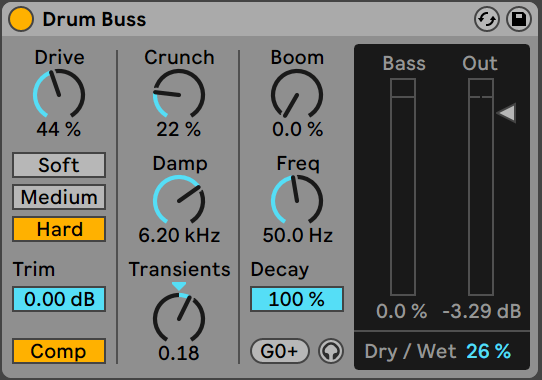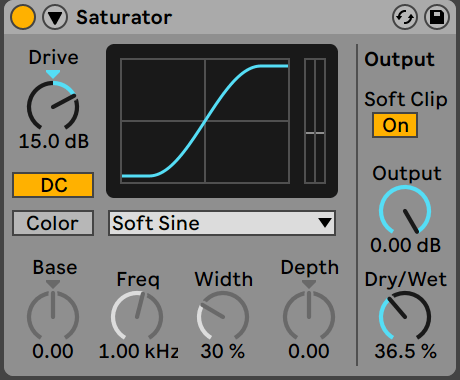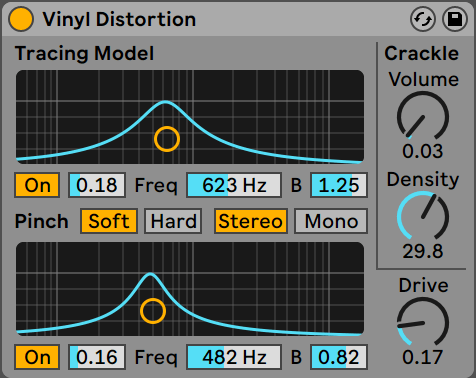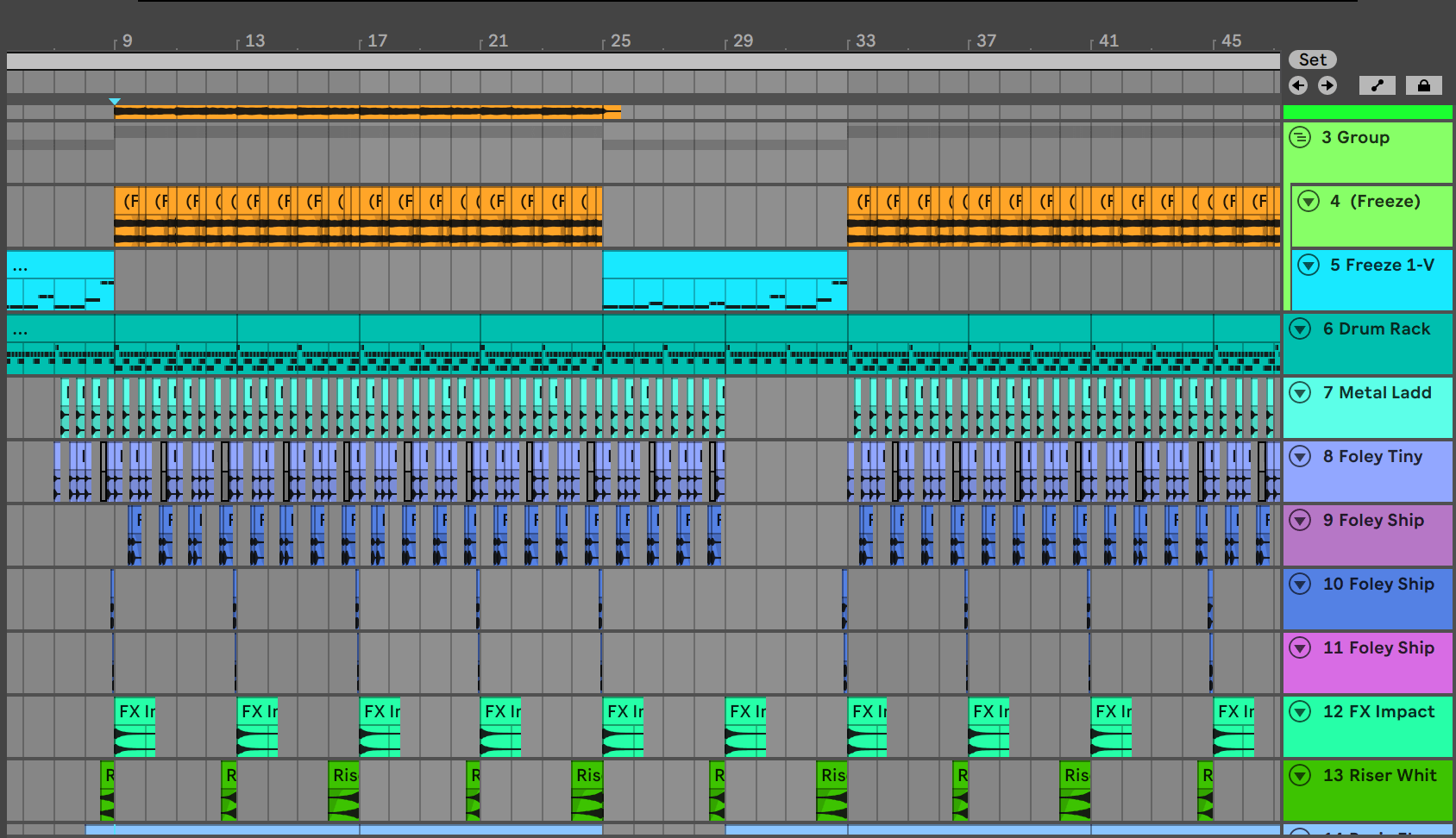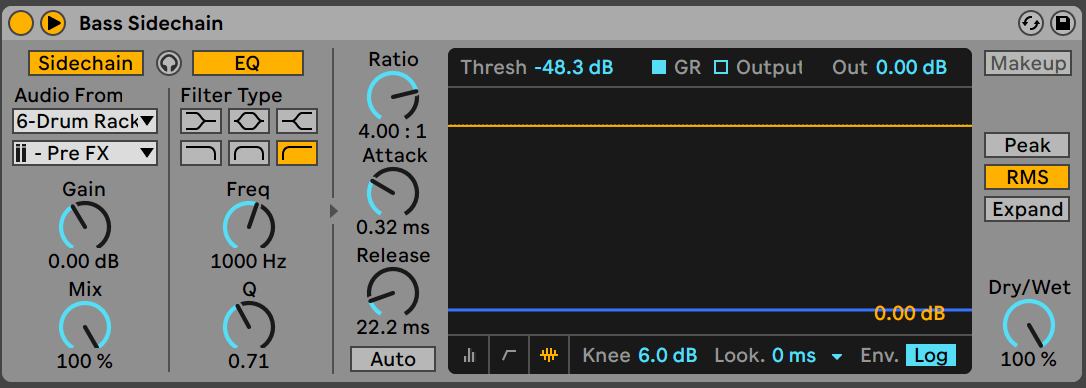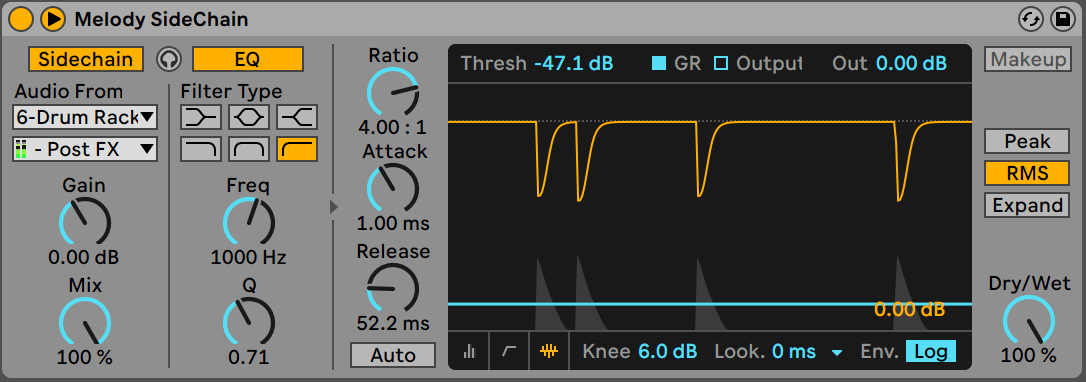
Crypto Cipher Newsroom
How To Make A Lofi Hip Hop Beat: 6 Easy Steps

How To Make A Lofi Hip Hop Beat: 6 Easy Steps
Lofi Hip Hop Beat Steps:
Lo-Fi is a type of music where imperfections are introduced into the audio signal deliberately to achieve texture or character. Lo-Fi is an abbreviation for Low Fidelity, so music producers often employ plugins that artificially degrade the audio to give their sound a vinyl quality. In this article we will explore 6 easy steps to compose a lo-fi hip hop beat.
Step 1: Creating the right Chord Progression
Lofi chords are a huge part of their sonic quality. Most loft producers sample old jazz and soul records to create a nostalgic feeling. We will be creating our own progression from scratch and then we will sample ourselves. Lofi hiphop can be anywhere from from 70-100 BPM, sometimes even slower than that. The BPM for our project will be 75 BPM. For sound selection, try to remember what type of instruments old jazz and soul records would use. Using those sounds to create our sample will help us create a more old timey vibe.
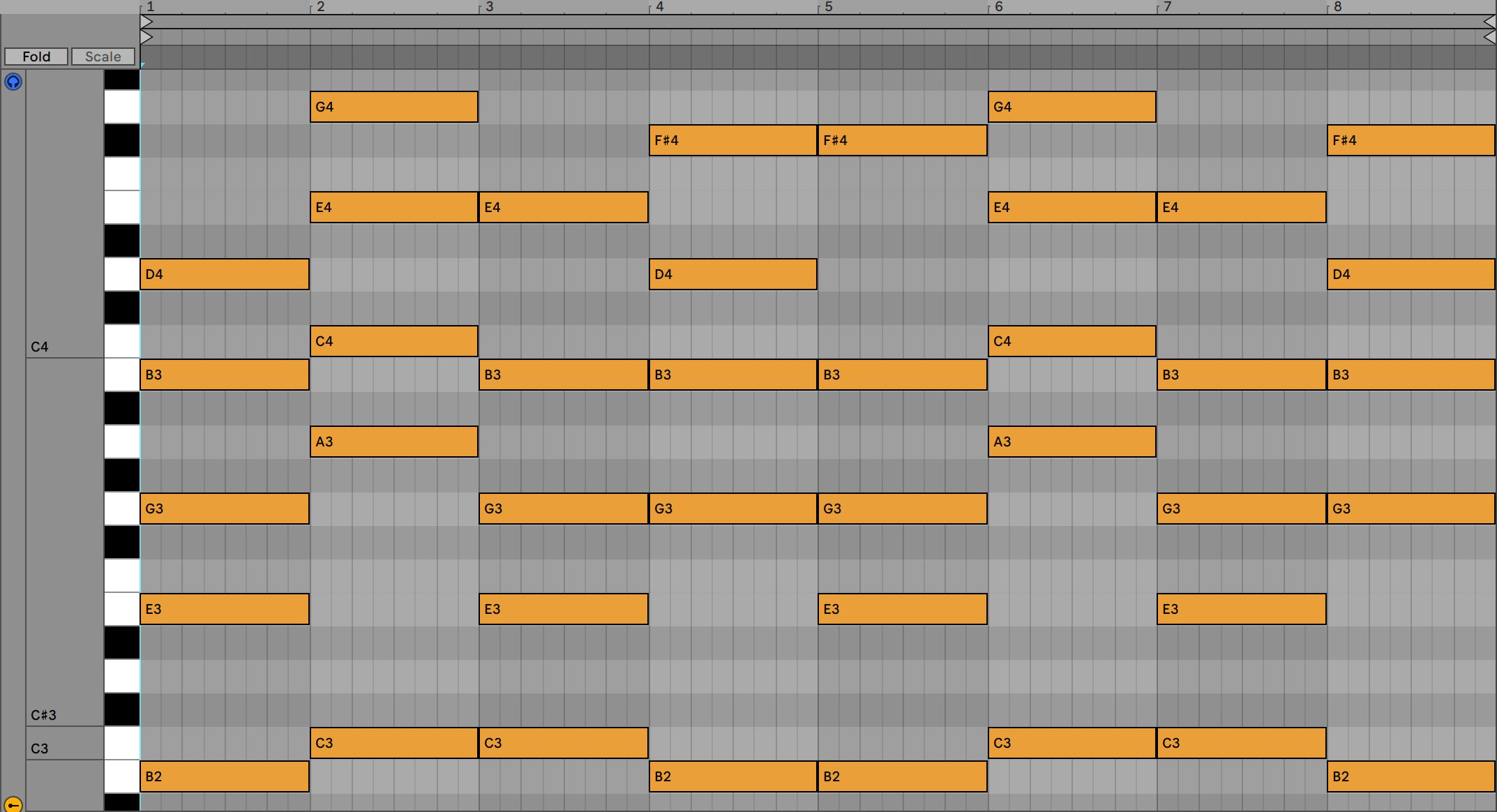
Look at the chords that we have drawn in the image above. We are using a rhoads preset to create these chords. You can use an acoustic guitar or any other instrument but the way you create your chords will change according to that instrument. Here we are using the chords Em7 - Am7 - CM7 - GM7 for the first four bars, in the second four bar cycle, we are substituting Em7 with Emadd9. You can experiment with the added notes on these chords, also use vinyl or modulation fx on the channel to make things sound more aged.
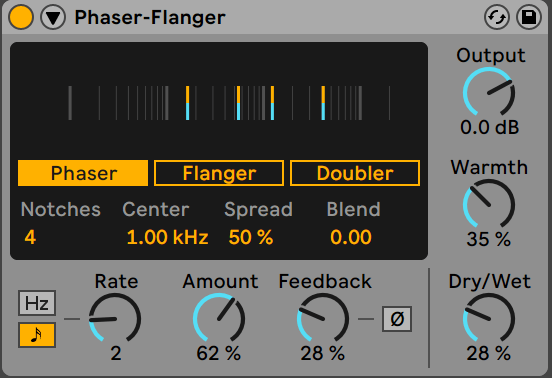
We are using the phaser-flanger device of ableton, as shown in the picture above, to modulate our Rhoads sound.
Step 2: Turning Your Chord Progression Into a Sample




